Born from the merger of four troubled airlines, Air France spent 90 years in debt, strikes and accidents before stabilizing today.
Ninety years after its founding, Air France is still in good shape, according to Le Monde . In fact, the airline has grown significantly since its founding on October 7, 1933, when French Minister of Aviation Pierre Cot merged four financially struggling airlines to create Air France in the midst of the economic crisis of 1929.
Laurent Dahyot, general secretary of the General Confederation of Labor (CGT) of Air France, also acknowledged that. "Economically, the company is doing much better than it has been in the last two or three years," he confirmed.
Anne Rigail, CEO and the first woman to lead Air France, said 2023 was “a good year.” The airline recorded positive operating income of 482 million euros in the second quarter. This marked a significant recovery, reflecting strong demand on long-haul routes and especially on the North Atlantic.
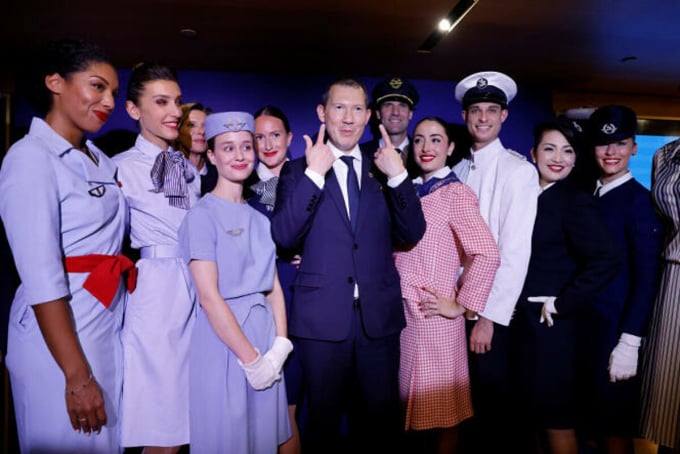
Benjamin Smith, CEO of Air France-KLM at the company's 90th birthday celebration on September 27. Photo: Reuters
Founded in 1933, Air France – and the French aviation industry in general – only took on its current form after World War II. Like Renault, Air France was nationalised in 1948, focusing on long-haul flights. From the 1960s onwards, with its famous uniforms designed by Marc Bohan of Dior, Air France became part of the French national image. People flocked to Orly airport on Sundays to watch Air France’s Caravelles and Boeing 707s take to the skies.
vicious cycle of loss
In 1963, Air France faced competition from two new rivals: UTA, which specialized in flights to Africa, Asia, and the Pacific ; and Air Inter, which focused on domestic routes. To counter the competition, Air France acquired UTA, then Air Inter in the 1990s.
On January 26, 1976, the Concorde supersonic aircraft was launched, symbolizing the prosperity of the airline. On that day, Air France launched its Paris to Rio (Brazil) route using this state-of-the-art aircraft.
But the Concorde was a fuel hog, especially after the 1973 oil crisis. It was always losing money to operate, so Air France stopped operating the Concorde in 2003, three years after the Gonesse crash that killed 113 people when the plane crashed into a hotel shortly after takeoff.
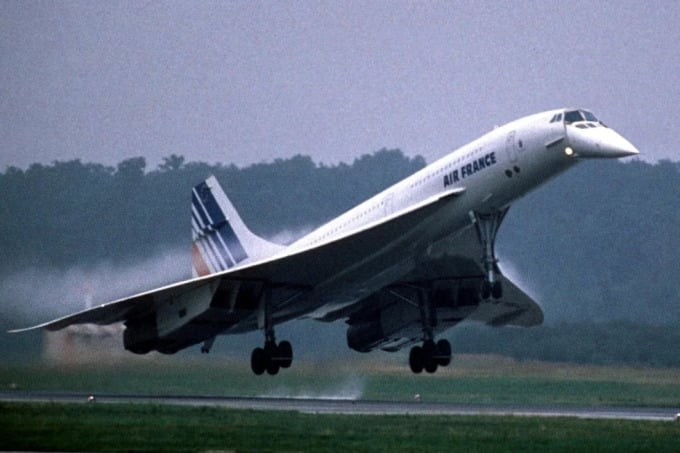
An Air France Concorde takes off in 1998 in Cologne, Germany. Photo: AP
But the crash was just one of many troubles that Air France has had since the beginning of the last decade. Its acquisition of UTA for the equivalent of more than a billion euros in 1990 plunged the airline into crisis. Just a year after the takeover, the economic situation worsened with the outbreak of the Gulf War.
This marked the beginning of a vicious cycle of losses and layoffs. The company's debt peaked at more than 37 billion francs (5.6 billion euros), forcing CEO Bernard Attali to resign. The hot seat was handed to Christian Blanc in October 1994. To save the company from bankruptcy, he cut 5,000 jobs and asked the French government for 20 billion francs, equivalent to 3.04 billion euros.
After this bitter pill, Air France seemed to be enjoying a new life with a stable financial situation. But the pain gradually took shape, since Jean-Cyril Spinetta took over the position of CEO in 1997. In 1999, he convinced Delta Airlines (USA) and Air France to create the SkyTeam alliance. This alliance aimed at a joint venture vision, merging the two allies in the North Atlantic, into a common company with abundant revenue of nearly 15 billion euros per year.
In addition to Air France and Delta, Sky Team gradually added Aeroflot, Aeromexico, Air Europa, Alitalia, China Southern, Czech Airlines, Kenya Airways, KLM Royal Dutch Airlines, Korean Air, Vietnam Airlines and Tarom. In 2004, CEO Spinetta took advantage of the privatization of Air France to buy the Dutch airline KLM for just 800 million euros, creating Air France-KLM.
But the joy did not last long. The 2008 financial crisis brought everything to a standstill, to the point that Air France was back in the red. A year later, on June 1, 2009, Air France experienced one of the darkest hours in its history with the crash of Flight AF 447 from Rio to Paris, killing 228 people.
The tragedy caused a rift between the pilots and the airline, as well as between the airline and Airbus, the manufacturer of the A330. After nearly 14 years of investigation and trial, Airbus and Air France were indicted for "involuntary manslaughter", and were acquitted by the Paris Criminal Court on April 17, 2023, to the dismay of the pilots and the victims.
It was the beginning of a dark period that would take years for the company to overcome. A succession of CEOs came and went. After Spinetta, Pierre-Henri Gurgeon lasted only two years. Appointed CEO of Air France in late 2011, Alexandre de Juniac introduced the “Transform 2015” plan to reduce debt by cutting staff. The atmosphere became tense, culminating in the shirt-ripping of HR director Xavier Broseta after announcing the layoffs. Jean-Marc Janaillac lasted only two years.
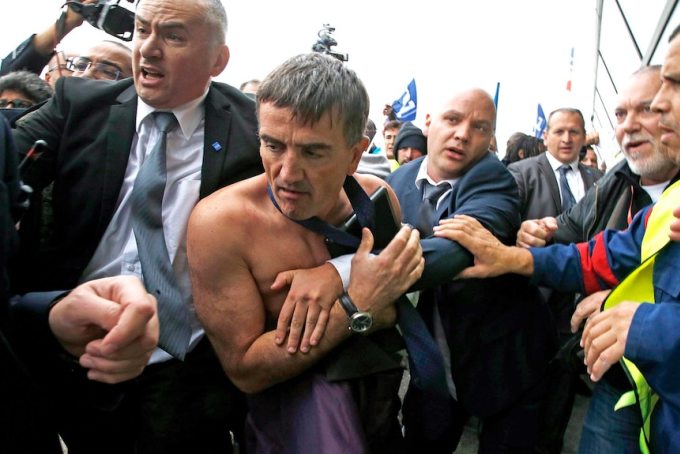
Xavier Broseta runs away after his shirt was torn during a strike in October 2015. Photo: Reuters
New chapter thanks to foreign CEO
It was not until Benjamin Smith, a Quebecer who was vice president of Air Canada and the first foreigner to be appointed CEO of Air France-KLM, and acting CEO of Air France, in August 2018, that the airline was revived.
The new Canadian CEO took over when a prolonged pilots' strike cost Air France €335 million. "A lot of my friends and colleagues said, 'Are you crazy?'" Smith recalled of his decision to move to France. But he has no regrets. "If you don't like challenges, you shouldn't be in the airline business," he said.
Smith's greatest achievement was to improve poor labor relations at Air France. Unions at the time saw the appointment of a foreigner as a ploy to ally with Delta. "We will greet him with a strike as soon as he gets off the plane. Let's introduce him to France," Smith recalled the union saying.
In response, upon arriving in Paris, Smith dove into a rapid learning curve of the 17 different unions and their respective ideologies. “You’re not dealing with a group when you negotiate. I spent a lot of time taking the first step, trying to build trust,” he says.
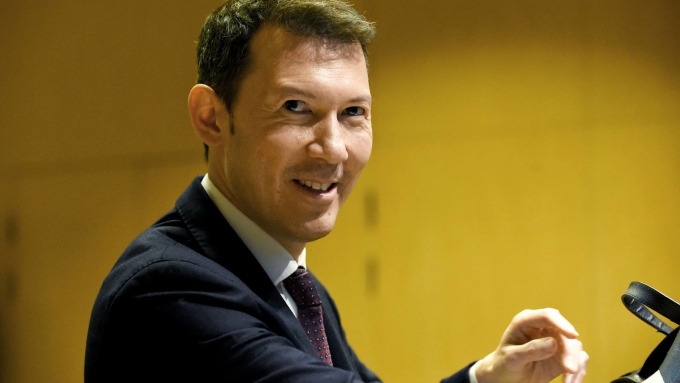
Benjamin Smith, CEO of Air France-KLM. Photo: Irish Times
More than a year later, union members told Le Monde that Smith was “worshipped like a rock star” within the company. Employees liked that he knew what he was talking about. And, crucially, he signed pay raises for everyone. “This time, we have someone who knows what he is doing, an insider,” said Carl Grain, president of the Air France National Pilots Union (SNPL).
According to the Irish Times , other businesses can learn from Smith's humble, friendly management style, based on respect, in contrast to the haughtiness of his predecessors. Smith also streamlined the apparatus and improved efficiency. The French lunch hour, which the union considers "sacred", was shortened.
The new CEO was surprised because he had never run a company with such a highly educated workforce. "It's unbelievable. A functional master's degree doesn't require a master's degree. This can make designing relatively simple things a challenge. For me, we need to reduce some departments because the company is too complex," he said.
As for the Air France division, with Smith's nomination, the Air France-KLM Board of Directors and the Air France Board of Directors have approved the appointment of Anne Rigail as CEO of Air France effective December 12, 2018. Anne, along with Pieter Elbers, Chairman and CEO of KLM, will collaborate with Smith to lead the airline. "Five years after Benjamin Smith's arrival, the company is modernized, reformed and performing better," said Carl Grain.
Smith also doesn't mind the idea that Airbus is European and Boeing is American. "It's just technology," he says. So he chooses brands based on price, ubiquity, simplicity and size. In some cases, Boeing makes the most sense. "So for us, there's really only one choice," he says frankly.
But external challenges have come. Air France was close to bankruptcy during the Covid-19 pandemic. As the economy grounded in March 2020, most of its planes were grounded, leading to losses of 10 to 25 million euros a day.
In total, the crisis cost the Franco-Dutch airline more than €10 billion. To save it, two governments stepped in with two loans worth €7 billion to Air France, plus €3.4 billion in loans and grants from the Netherlands to keep KLM afloat.
On the occasion of its 90th anniversary, Air France CEO Anne Rigail said the company had repaid all its debts, direct and indirect aid from the French government, along with hundreds of millions of euros in interest. Of course, it came at a high price.
"Since 2008, a third of our staff have left. Today we have around 40,000 people, compared to around 72,000 in 2008," said Dahyot, president of Air France's CGT union.
Rigail CEO said the airline has started hiring again since 2021. The company aims to recruit 500 pilots and 300 flight attendants this year.
Phien An ( according to Le Monde, Irish Times )
Source link






















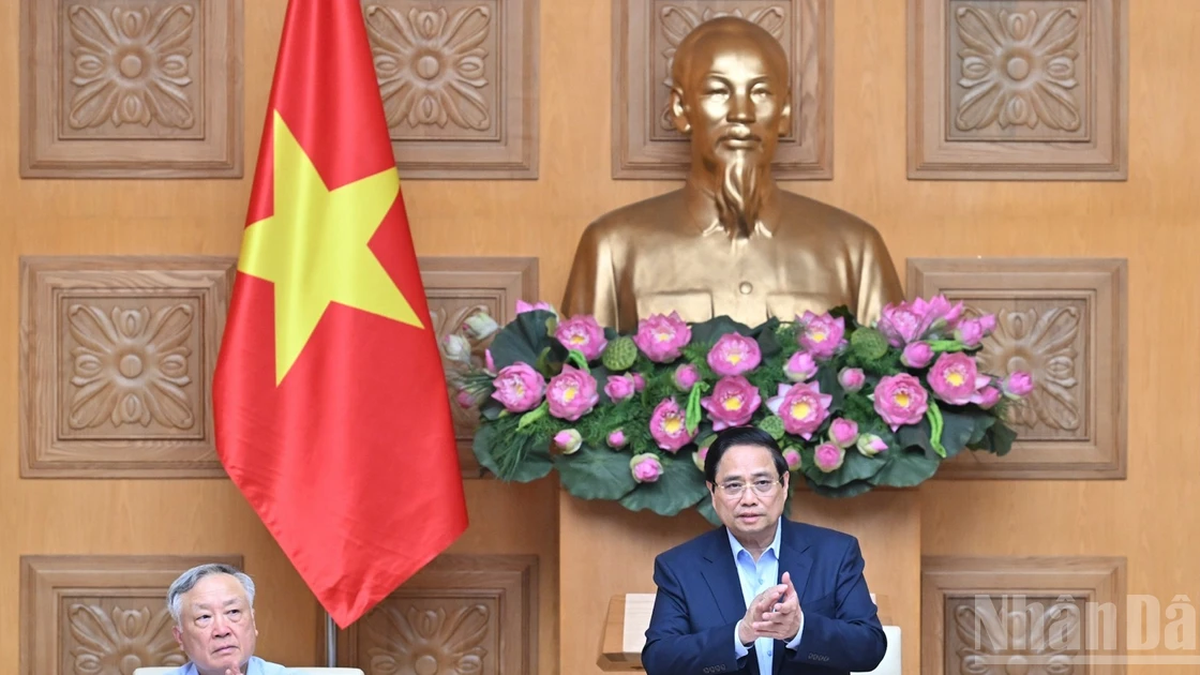

![[Photo] National Assembly Chairman attends the seminar "Building and operating an international financial center and recommendations for Vietnam"](https://vphoto.vietnam.vn/thumb/1200x675/vietnam/resource/IMAGE/2025/7/28/76393436936e457db31ec84433289f72)

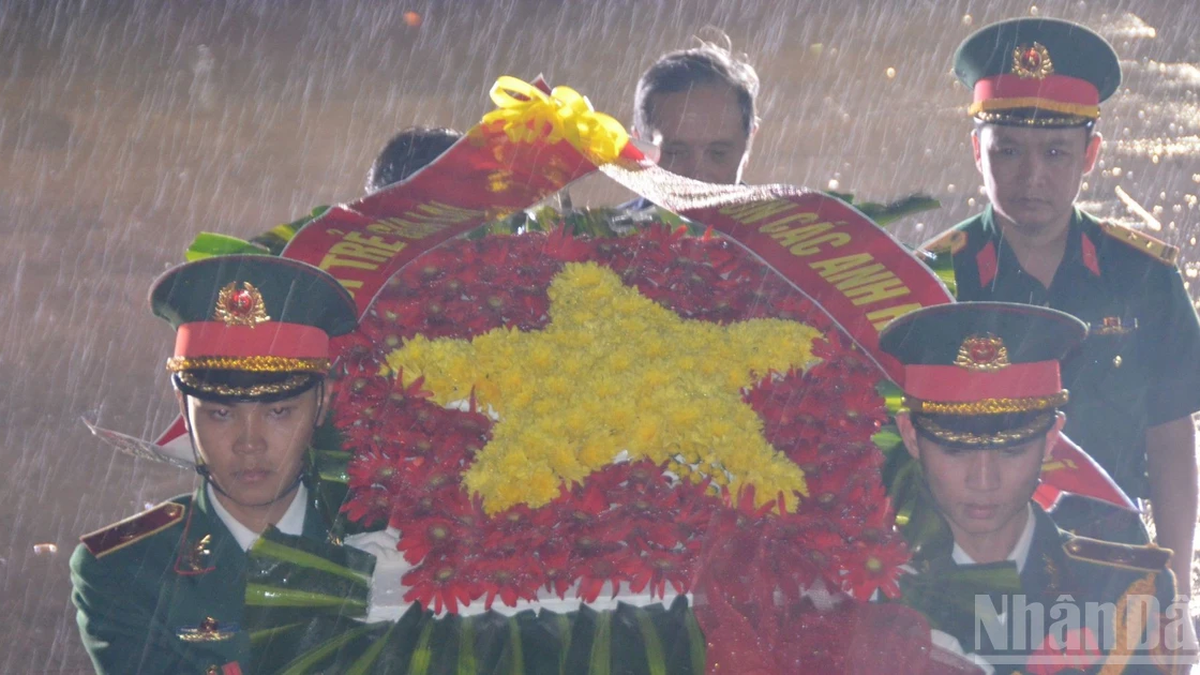




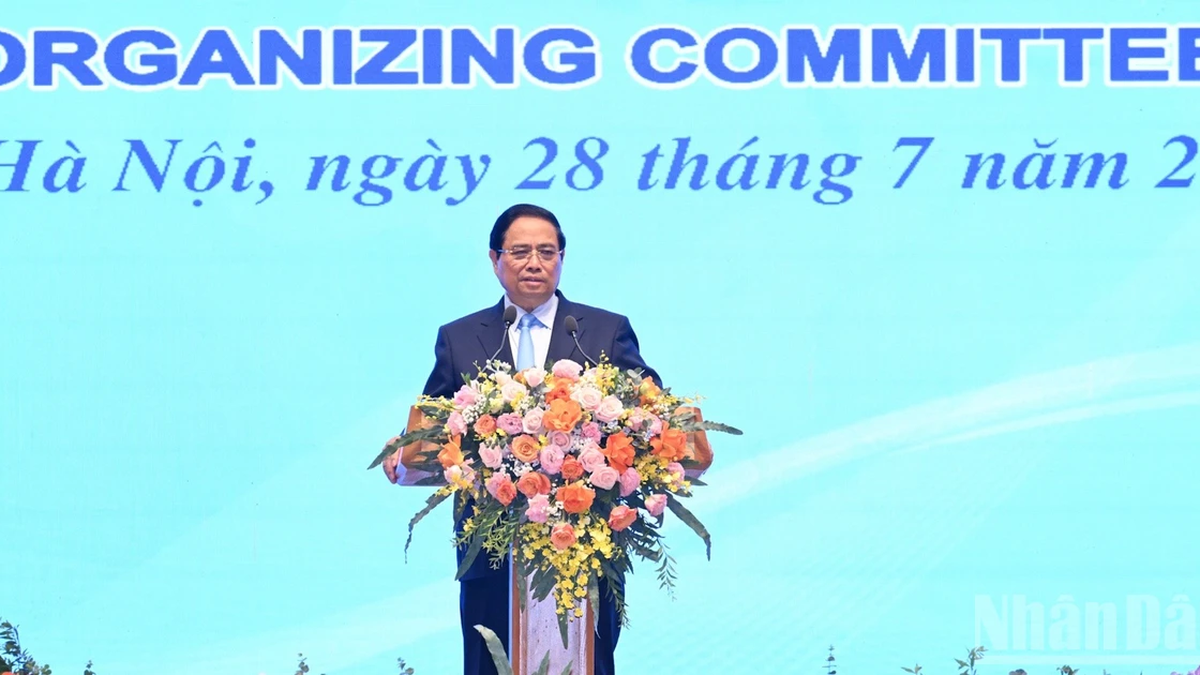




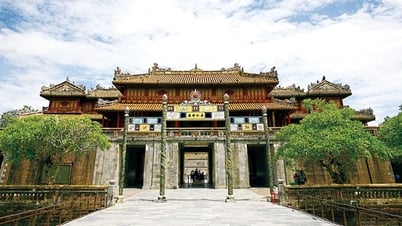



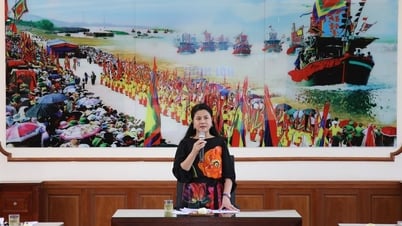

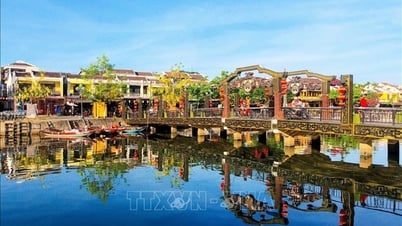

















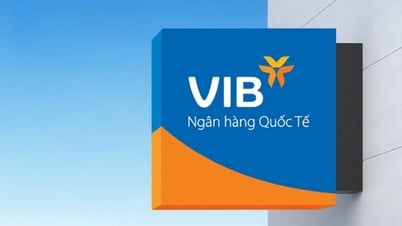



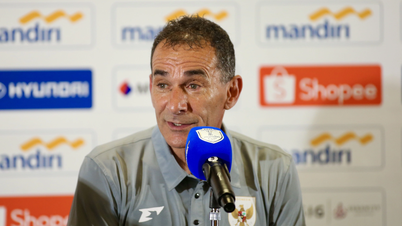
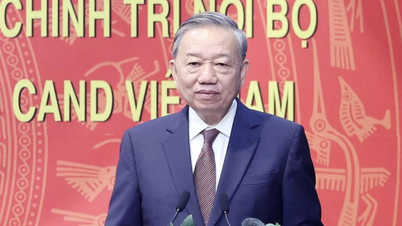

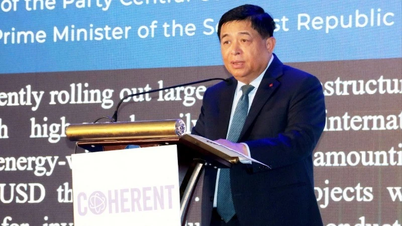

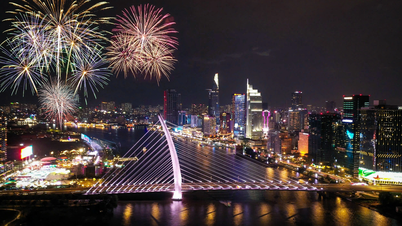
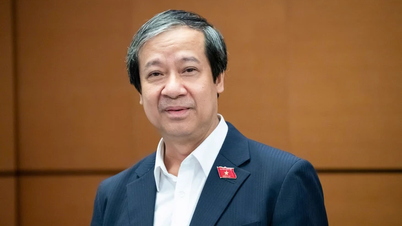



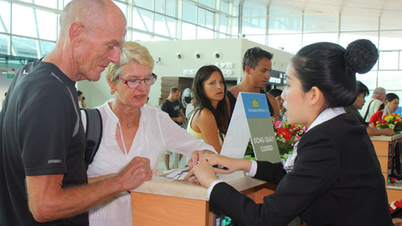


























Comment (0)